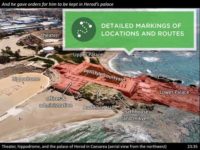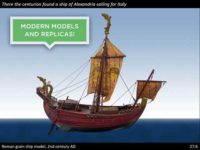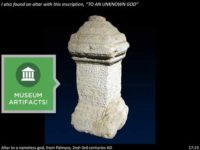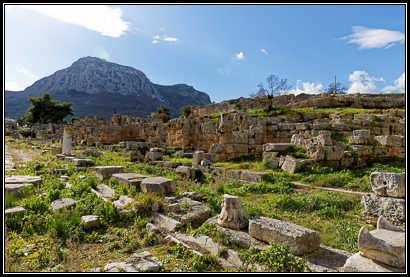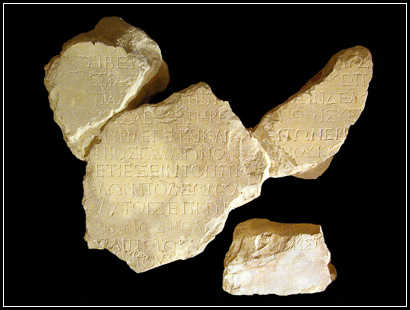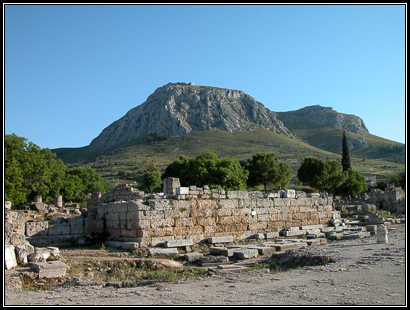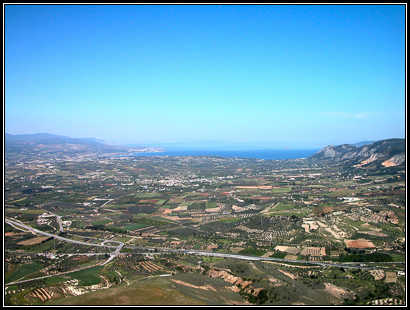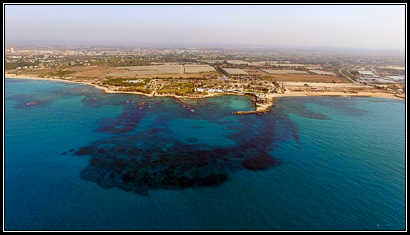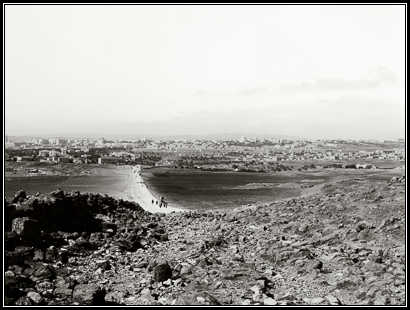Of all of the books in the Bible, Acts may be the most geographically diverse. That’s not surprising, given Jesus’s mandate to take the gospel to the ends of the earth. From the origins of the church in Jerusalem in Acts 1-7, the believers then move out to Judea and Samaria in chapters 8 and 9, and ultimately Paul brings the good news to Rome in chapter 28.
For someone who wants to illustrate the Bible with photographs, Acts provides the ultimate challenge. Years of travel to remote sites, and returning back and again to key sites, is just the beginning. With the Greco-Roman world as its backdrop, Acts benefits from an extraordinary amount of illustrative material in museums around the world. Reliefs, inscriptions, and statues provide contemporary parallels and direct connections. The possibilities are really amazing. 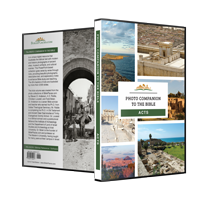
The Photo Companion to Acts pulls all of this together in one place. Organized by chapter and verse, the collection is designed to be easily accessible and maximally useful—for pastors, teachers, and students. You can get a quick feel by downloading Acts 18.
Our team has poured a lot of effort over many years to create the Photo Companion to Acts. We think the results are exceedingly well worth it. I suspect that years from now, we’ll look back and consider Acts to be one of the most important photo collections we ever created.
Keep reading to view some of the photos. If you want to grab the collection at its introductory price, go here.
Todd Bolen
Photographer, BiblePlaces.com
Professor of Biblical Studies, The Master’s University
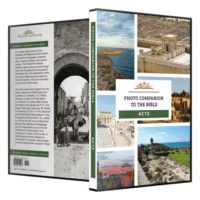
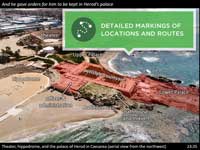
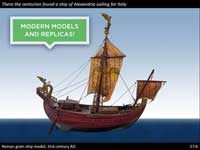
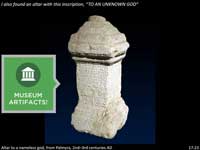 Praetorian guard
Praetorian guard